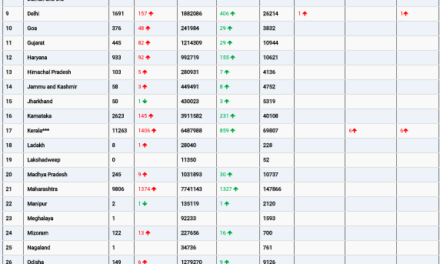Junk food is everywhere. It’s tasty, accessible, and highly addictive for many. But perhaps its most potent weapon is its marketing, especially on social media, where advertisements and user-generated content blur the lines between influence and persuasion.
In Canada, a study revealed the staggering reach of social media promotion for junk and fast food. Over a year, the top 40 brands were mentioned more than 16 million times, reaching an estimated 42 billion impressions. This digital deluge isn’t solely driven by companies—it’s fueled by everyday users, influencers, and strategic social campaigns that encourage sharing. Unlike traditional advertising, these “earned” promotions are nearly impossible to regulate.
Efforts to Tame the Junk Food Juggernaut
While North America largely debates the issue, countries like Chile and Mexico have taken decisive action. In 2014 and 2016, respectively, they implemented bans on TV advertisements targeting children. These efforts aimed to curb kids’ exposure to sugary cereals, fast food, and snacks. Mexico has gone further, banning junk food sales in schools and penalizing violations with heavy fines.
Additionally, both nations introduced front-of-package labeling to warn consumers about unhealthy products and taxes on sugary beverages. Mexico has even banned food advertising during daytime hours to shield children from marketing altogether. These policies represent a multipronged approach, recognizing that no single measure can address the obesity epidemic.
Do These Measures Work?
It’s a mixed bag. While such initiatives have undoubtedly reduced children’s exposure to junk food marketing on traditional platforms, the broader impact on obesity rates is less clear. Obesity, after all, is influenced by myriad factors, from socioeconomic conditions to personal habits. However, the focus shouldn’t solely be on weight. Experts argue that reducing the consumption of ultraprocessed foods benefits everyone, regardless of size.
The shift in marketing from television to social media poses a unique challenge. Social media thrives on engagement, and junk food posts—whether crafted by companies or users—garner clicks, likes, and shares. Without clear regulatory frameworks for these digital spaces, curbing the influence of such content becomes a daunting task.
The Ubiquity Problem
Even if advertising reforms succeed, the prevalence of junk food remains a formidable hurdle. From convenience stores to delivery apps, these hyper-palatable foods are always within reach, reinforcing cravings and consumption. This availability, combined with social media’s influence, creates a cycle that’s difficult to break.
What Can Be Done?
Countries like Mexico and Chile provide a blueprint for addressing the issue, but these efforts must evolve to tackle digital advertising and social sharing. Public health campaigns should also focus on the broader harms of ultraprocessed foods, shifting the conversation away from obesity alone.
While human nature and food cravings remain powerful forces, incremental progress—through policy, education, and community initiatives—can help tip the balance. Addressing the complex web of social media, advertising, and availability is no small feat, but it’s a fight worth waging for the health of future generations.












